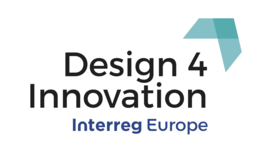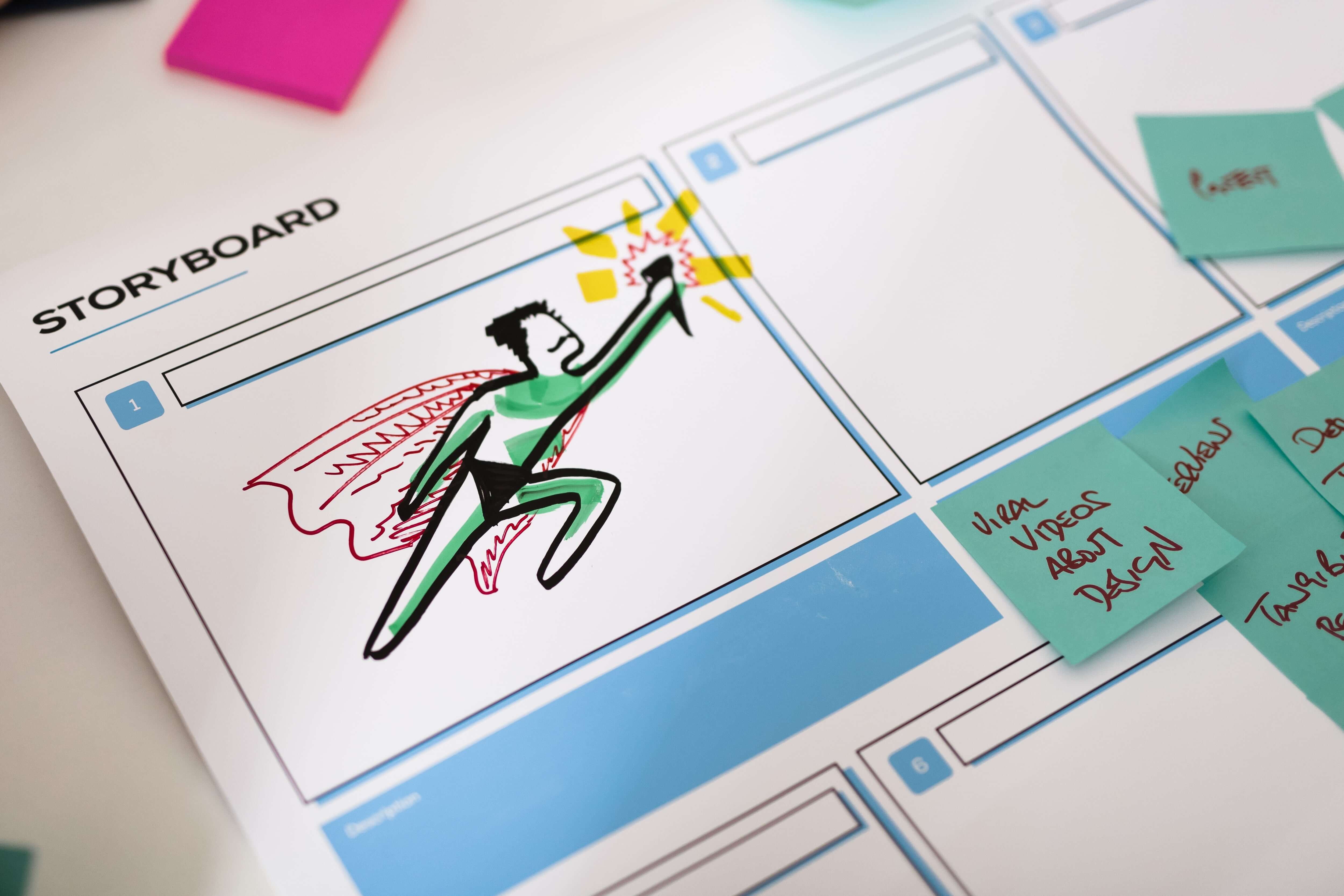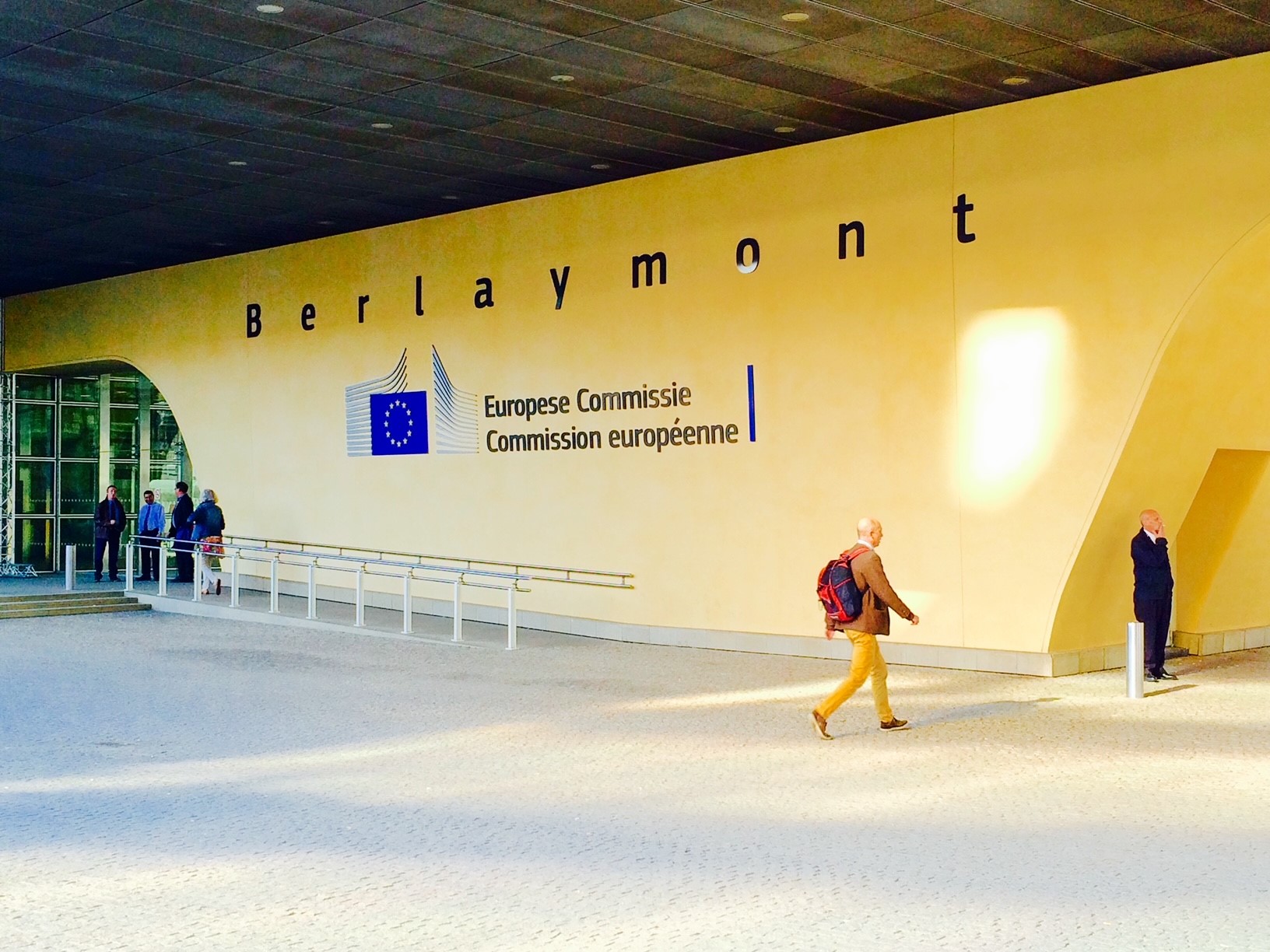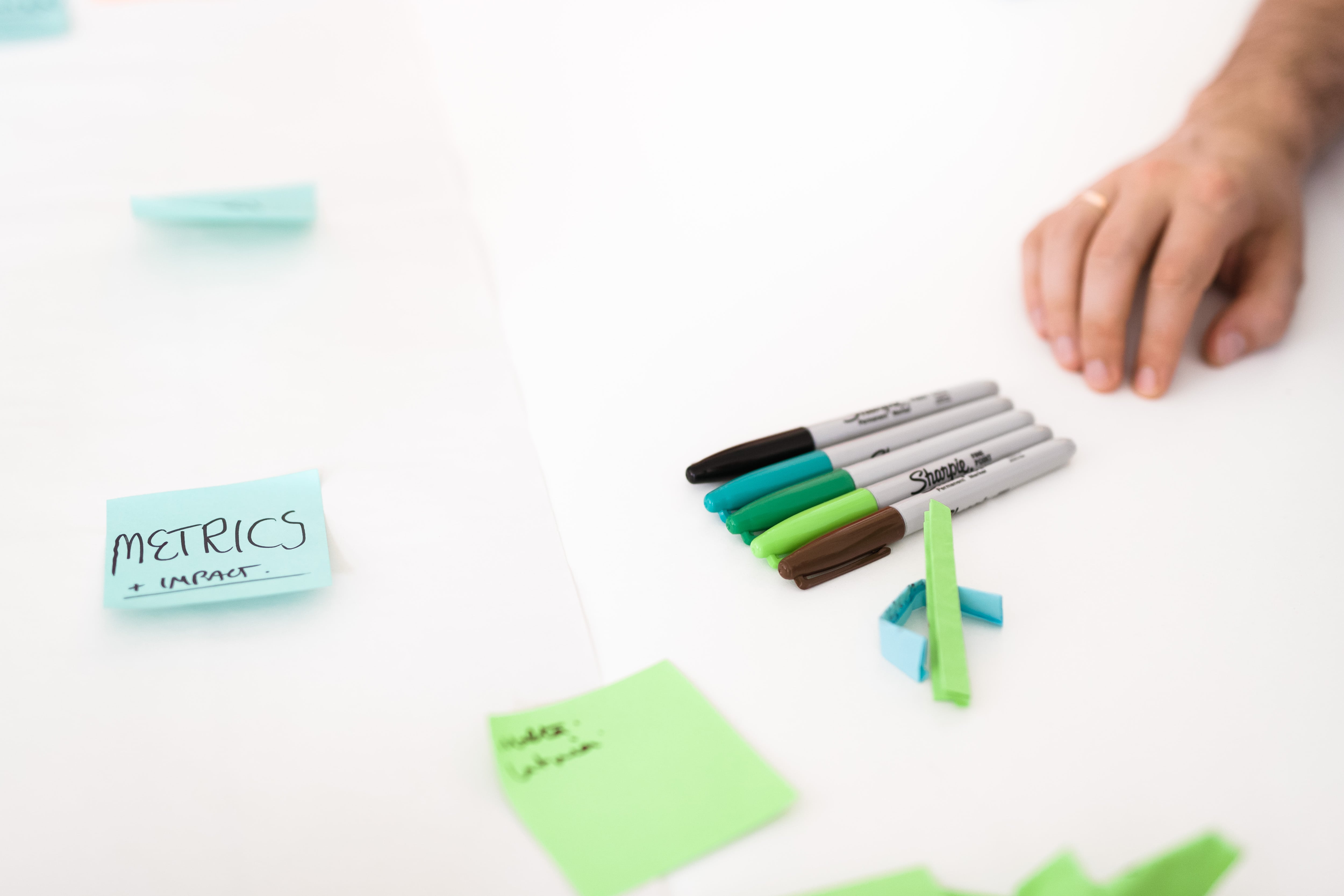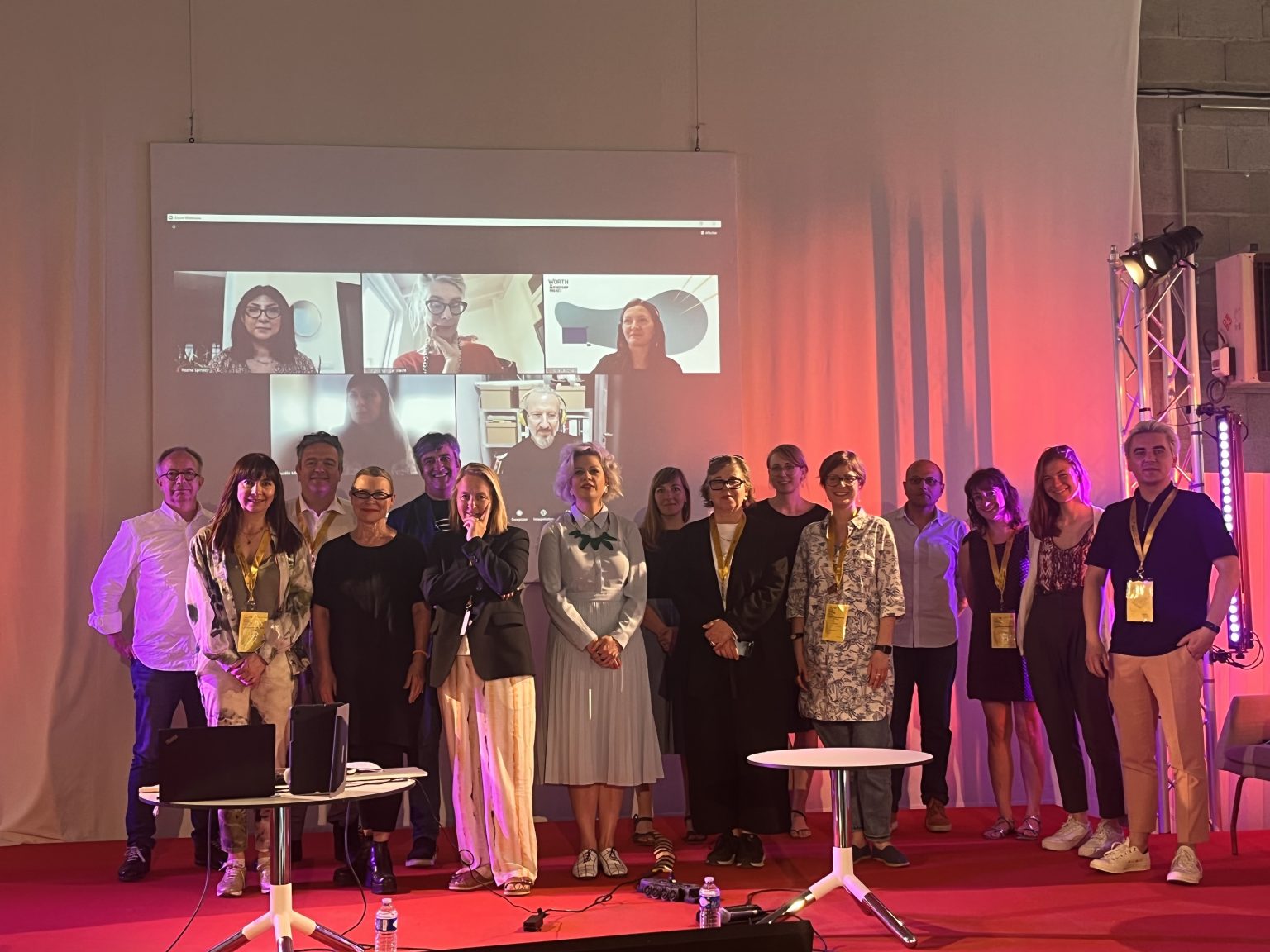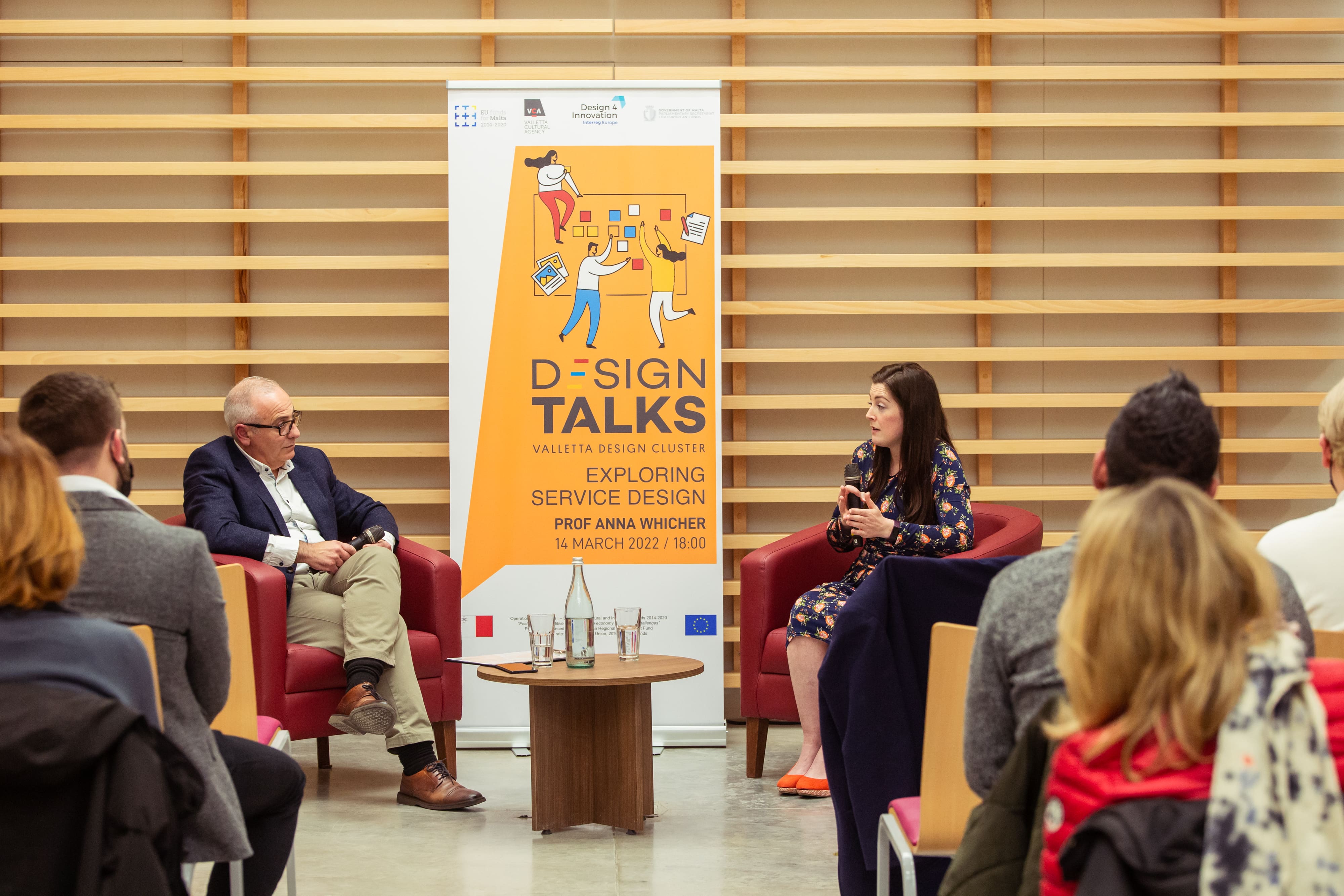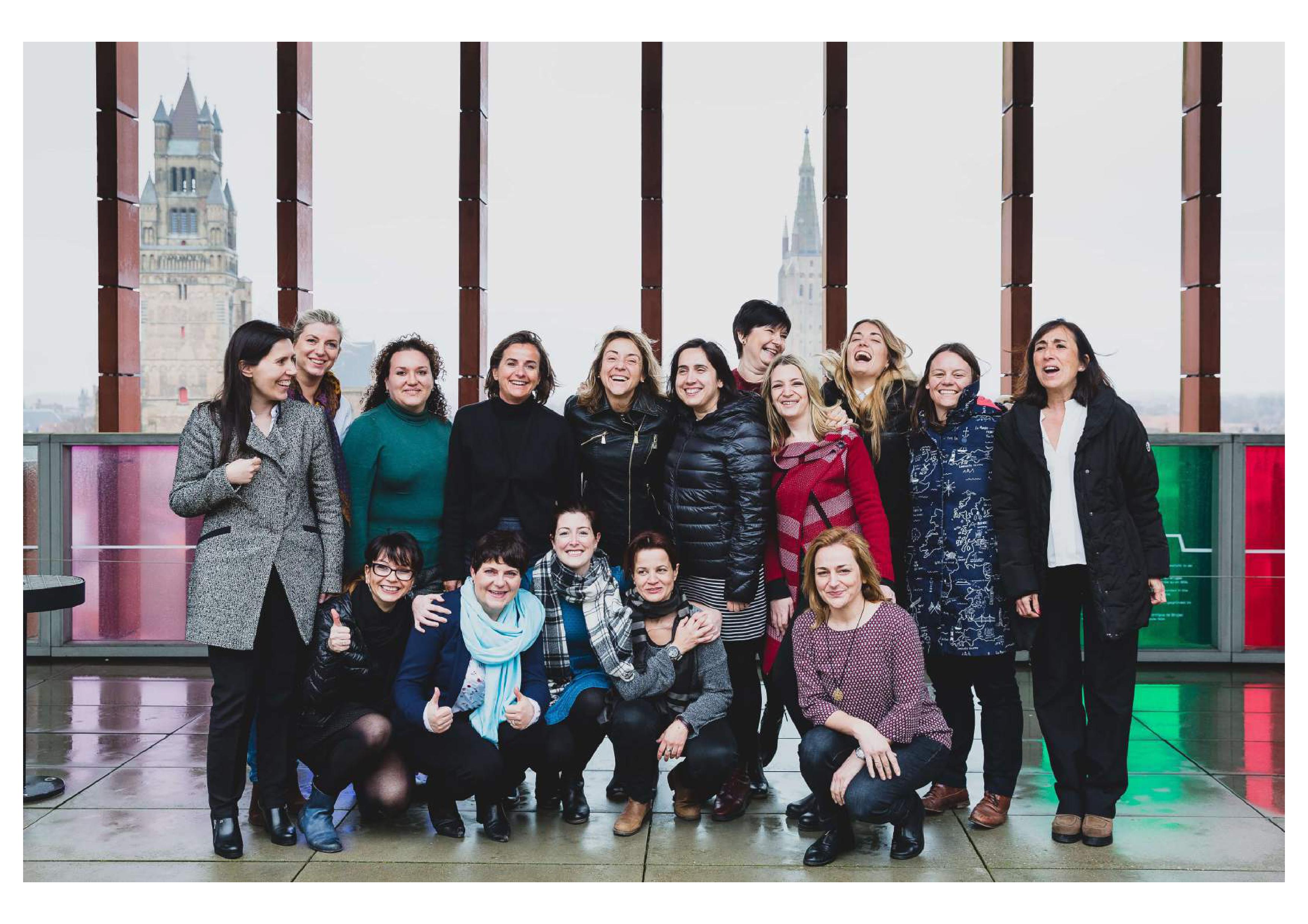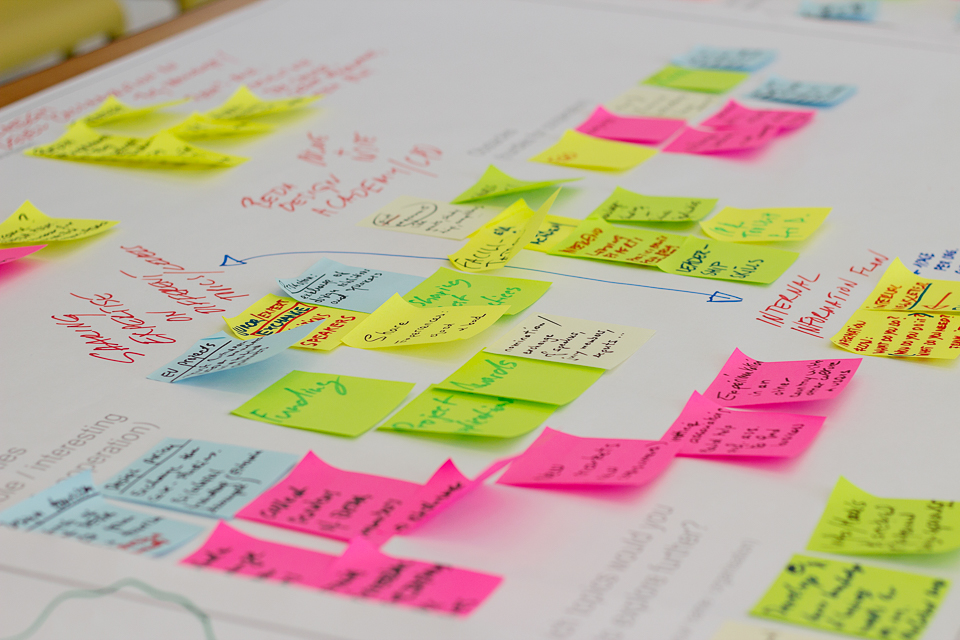Even despite the summer time, Design4Innovation partners are not slowing down. In Santiago de Compostela, we have been exchanging ideas on how to best support our new regional development goals through design.
In previous meetings, we have revisited and updated our design-innovation ecosystem maps, analysed new policy priorities, and engaged stakeholders in the context mapping exercise to discover their needs. In this way project partners defined new missions for design-driven innovation in their regions. SME competitiveness and innovative capacity was still an important objective for design support, however the pandemic and the current global uncertainty around security, strategic resources and climate emergency broadened the scope of transformation we would like to see. Local resilience, sustainability, community-building, strategic rural innovation were some of the areas that Design4Innovation regions would like to address through design support.
Design4Innovation partners goals for new design support programmes:
- Design support programme for micro-SMEs in the priority sectors towards digitalisation, circular economy and risk resilience.
- Design towards strategic actions and rural innovation.
- To reconnect communities with their public space in line with the New European Bauhaus pillars of Beautiful, Sustainable, Together
- A small-scale community project where design facilitate local business, residents and other stakeholders in action towards sustainability
- We would like to implement social innovations, in particular helping grassroots projects in migrant adaptation, politics, administration, healthcare, education, the economy and interpersonal relations.
- Promotion of new business ideas as a result of collaboration between companies from different sectors / industries and design agencies.
During the partnership meeting in Santiago de Compostela, our project partners used all the knowledge gained so far to use design method and collaboratively propose a new support programme that would be addressing those goals. To include a friendly competition element, partners split in two teams playing roles of innovation advisors pitching their ideas for a programme to the funder. Both teams came up with innovative suites of targeted support using design to solve regional challenges. There were no winners as both ideas were equally great - one included design-facilitated programme of learning and skills exchange between urban and rural areas, while the other challenge-based prize programme through which local designers and entrepreneurs would collectively solve challenges submitted to the programme by citizens.
We hope that those new programme ideas will inspire policymakers in our regions.
